You’re probably used to solar installations that look like this – solar panels facing up towards the sky, which makes sense. You want a wider area to catch more of that sweet solar energy, right? However, bifacial vertical solar panels have started to gain traction recently. Their more flexible-footprint has innovators in Canada, Norway and elsewhere testing them in all kinds of weird scenarios. People who are using these panels are reporting something odd – higher energy yield than expected. The extra yield stumped engineers, but a recent Dutch study may shed some light on the source of this extra energy. Have we been doing solar panels wrong this whole time, or is it all just a miscalculation? And how could this tech impact our lives?
What’s a vertical bifacial PV array?
Before we can solve this mystery, what are bifacial vertical solar panels (alternatively VPVs or BVPVs)? We’ll break it down in two parts. First, look at this. Here they are, and though they don’t look much different than your standard solar panel array, there’s a lot of things going on under the hood. You may not have noticed this yet, but there’s actually photovoltaic cells on the backside of the panel too. Why?
We’ve explained how solar panels work in other videos, but here’s a quick recap. You’ve got a silicon semiconductor, complete with positive and negative sides. Sunlight hits our cell, knocking an electron away from a silicon atom, which is drawn to the negative side. Ideally it’s collected before it rejoins with the silicon. The inverse happens on the other side of the semiconductor creating a “hole.” The two sides try to recombine and bam, we got an electric current. The individual panels are connected together with busbars to form one input and output terminal. Then, to protect all these components from the elements, the whole panel is sandwiched between a layer of glass on and an opaque backing. That’s all set in an aluminum frame for added durability.1
This is a monofacial solar cell, and to put it simply, a bifacial solar cell (more commonly called bifacial photovoltaic cell or BPV) replaces the opaque backing with more glass and occasionally a few other components.2 And at first glance you might say, what’s the point? These back panels will rarely get direct sunlight. Aren’t we always talking about how one of the biggest issues with solar energy is its intermittent nature? If cloudy days can significantly reduce their energy yield, surely facing solar panels away from the sun isn’t going to do much. And you’re not wrong, but due to albedo – essentially reflected light – the bifacial cells can be up to 15% more efficient than their monofacial counterparts.3 This is especially true in high-albedo locations, like deserts or lightly colored rooftops.4 It also works for high-albedo conditions, like those troublesome cloudy days when no one is getting direct sunlight, or when snow on the ground is bouncing a lot of light around.5
And I know what you’re about to say, “Matt … buddy … if these cells can absorb extra light, then that’s where the extra energy yields are coming from. Mystery solved!” And I’m sorry to tell you that the experts have already accounted for that. The mystery persists!
Well, we haven’t talked about the “vertical” part of the “vertical bifacial solar array” yet. Surely the extra energy must be related to that? Well, no, at least not directly. Now, unlike our bifacial example, you can probably tell what’s different about vertical solar panels right away. You also probably know that standard solar panels aren’t exactly horizontal. To get the maximum returns on your solar panels, the general rule of thumb is to set them to the same degree as your latitude. For example, I live in New England, my latitude is about 42 degrees, so my solar panels, ideally, should be set to about 42 degrees. Simple stuff. You’re generally also going to want to point your panels south to maximize your sunlight hours too.6
So, if angle optimization is so well understood, what’s the point of vertical solar panels? Well, check out this graph.
These are the findings from a recent study conducted by The Leipzig University of Applied Sciences. As you can see, when BVPVs are deployed in an east-west orientation, they gather more energy in the mornings and early evenings.7 Compare that to these graphs on peak energy demand8 and while not a perfect match, it does fit much more closely with our energy needs than standard horizontal panels do.
So is this it? Did Leipzig crack the mystery of the higher yields? Nope. This is just a nice bonus and doesn’t explain the extra voltage, but I’ve kept you in suspense long enough. Let me reveal exactly where those mystery bonus yields are generated. If you’re playing along at home, this is your last chance to guess! Write in the comments … I’ll wait.
Why?
To explain the mystery we have to change the way we’re looking at solar panels … literally! . Solar panels get hot (of course they do) because they’re baking in the sun all day. They’re built to take it … mostly. Machines tend to perform worse as they get too hot. You’ve probably experienced this with an older phone or computer. Ever left your smartphone after sitting in a hot car? You may find that the phone displays a message that says “too hot”, meaning some functions have been disabled to prevent damage to the phone. “Too hot” differs from machine to machine, but even solar panels can get a little too hot. When they do, it results in a dip in operating voltage.
As you can see here a solar panel’s voltage is influenced both by the amount of light and by the temperature of the solar cells.9 Increased sunlight (or irradiance) increases the voltage logarithmically. Frustratingly, the increasing temperature that usually comes with lots of hot, bright sunshine causes the voltage to decrease (usually by 0.3-0.4% per degree centigrade).10. Right when solar panels should be performing their best, they start to struggle.
One reason for this inefficiency is the increased Brownian motion as temperature increases. If we think of the atoms in a conductor, or semiconductor as a vibrating lattice, the higher the temperature, the faster the atoms vibrate. If you are a little electron, representing our electrical current, you need to get through this lattice. It’s much easier to get through a lattice that is moving slowly versus one that is moving quickly. In essence, most materials see an increase in electrical resistance with an increase in temperature.
This leads to the results of the Netherlands Organisation for Applied Scientific Research (TNO) study. TNO installed a small vertical bifacial PV system, in an east-west facing configuration in Petten, the Netherlands.10 They collected data from these panels and created a simulation with a digital twin. This allowed TNO a greater control of variables and allowed them to more easily contrast their results with horizontal panels in similar conditions.11 What they found will surprise you. The vertical bifacial solar panels have are much cooler than their horizontal counterparts.11
Why? Their heat transfer coefficients, a figure that defines how heat energy passes from one material to another, are much lower than expected. This means they remain much closer to the ambient temperature, only half as hot as their horizontal buddies. Likely because their orientation and facing means they can dodge some of the worst of the heat!1011 Regardless, these lower temperatures mean less voltage is lost to overheating, which allows the vertical bifacial solar panels to generate more energy overall. The paper’s author, Bas B. Van Aken, put it this way, “These lower operating temperatures have a positive effect on the operating voltage. And thereby on the total energy generation, particularly under high irradiance conditions.”10
How much more voltage do VBPV arrays generate? Up to 4% on particularly sunny days, equating to about 2.5% more energy annually.11 This might not sound like much, but when it comes to this kind of optimization, even fractions of a percentage point are big news. Every little bit counts … especially when we’re talking about something as scalable as solar panels. When it comes to solar parks, or something with hundreds or thousands of panels, small performance boosts really add up.
Implications and looking forward
So, what exactly are the implications of this study and to all of us? Well good news for team vertical-bifacial-photovoltaic-array-deployed-in-an-east-west-orientation … more power from the same footprint is obviously a win. In a vacuum these are just plain better solar panels.
Are there any downsides? Well you could argue that since TNO’s study was done entirely via computer modeling, it’s not as cut and dry as it might seem at first. You could nitpick their methodology. The study notes that for six weeks of March and April, their physical solar panels were down, which is, y’know, not ideal.11 I’m not suggesting TNO has done anything less than their due diligence. My concern is that all too often in the world of emerging tech, we find something that looks amazing in the lab, but hits some kind of bump on the road to the real world. Unfortunately, it often pays to be a little skeptical.
On the other hand, Bifacial vertical solar panels have been around since the 1940s, and have been on the market since 1983.12 This is anything but a new technology, so why are they rarer than their horizontal cousins? Bifacial panels tend to be a little more expensive than your standard solar panels because they utilize advanced materials and design. That leads to increased manufacturing costs.13 Don’t forget, these panels need their own special mounting equipment. If you want to ensure both sides of the panel are generating electricity, then there’s some additional installation factors to consider. And since both sides of the solar panel are exposed to the elements, there’s some additional lifetime maintenance to perform.14 Taken all together, you can see why the upfront and maintenance costs tend to be higher than the norm. So yeah… vertical bifacial photovoltaic systems are NOT going to be the superior choice 100% of the time. However, TNO says the cooler operating temperature of vertical bifacial PVs should result in less degradation, which could mean a longer lifetime. It’s complicated.
There’s also some use-cases where BVPVs are just plain better, so let’s revisit some of those additional benefits. Vertical solar panels take up less room than horizontal. Now, you can’t just cram extra solar panels into that footprint, as we mentioned earlier, they’ll start blocking the sunlight and your yields will suffer. But you can share that footprint with other things, as long as they don’t block too much sun. What else likes a lot of sun, but isn’t too tall? Certain low crops, such as peas and carrots, are not tall enough to block the panels and benefit from the shade that the panels provide. People need energy and people need to eat, but land is a limited resource, so why not double up here? There’s actually a whole subfield of solar engineering called agrivoltaics dedicated to studying the best ways to combine solar farming and farming-farming.15 Vertical solar panels are big in agrivoltaics because they can comfortably fit between rows of veggies.16 I’ve got an entire video on that, which I’ll link to in the description.
These benefits aren’t limited to rural settings. Toronto is planning to deploy bifacial vertical solar panels alongside highways and train tracks as noise dampeners that can also generate some green energy.17 Pretty clever! And some innovators are trying to capitalize on the more flexible foot print of a vertical PV by developing smaller modules that can be deployed on an apartment’s balcony.18 Norwegian company Over Easy Solar has another route for BVPV cells to ‘make it’ in the big city. They’re manufacturing “mini modules,” smaller vertical bifacial solar panels, for use on rooftops. Last year, as part of their pilot phase, they deployed a 102 kW installation covering 1200 m2 on a flat-roofed commercial building in Oslo. When PV Magazine mentioned the TNO study to Over Easy CEO Trygve Mongstad, he reported that he was seeing similar results with his BVPV module. “Indeed much higher than what is expected for tilted solar panels.”19
So are vertical bifacial PVs the end all, be all of solar panels? No, there are likely scenarios where horizontal is the way to go, financially or otherwise. And I’d like to see some more tests and studies to back up TNO’s study before I jump to conclusions. As exciting as the anecdotal reports of higher yields are, they don’t count. However, the preliminary evidence is clear: vertical bifacial PVs are already outperforming their horizontal brothers, and the technology is only going to improve. This likely has big ramifications for solar farms and rooftop solar on commercial buildings.
It’s a good example of why experimentation and collaborative work can lead to some significant optimization – even in things we thought we understood pretty well. This could be vertical bifacial solar panels time to shine!
- Wikipedia – Solar Cell ↩︎
- Wikipedia – Bifacial Solar Cell ↩︎
- Fraunhofer ISE – Maximum Yields and Greatest Reliability with Bifacial PV Modules ↩︎
- Yale Environment 360 – Urban Heat: Can White Roofs Help Cool World’s Warming Cities? ↩︎
- Clean Energy Authority – What is the Effect of Snow on Solar Panels? ↩︎
- Energysage – What’s the best direction and angle for solar panels? ↩︎
- “Integration of vertical solar power plants into a future German energy system,” Sophia Reker, Jens Schneider, Christoph Gerhards, Smart Energy, Volume 7,2022 ↩︎
- DOE – Confronting the Duck Curve: How to Address Over-Generation of Solar Energy ↩︎
- Solar panel analysis pt 2: Temperature & efficiency ↩︎
- PV Magazine – Researchers shed light on mysterious, higher energy yields in vertical PV systems ↩︎
- “Thermal model in digital twin of vertical PV system helps to explain unexpected yield gains,” Anna J. Carr, Ji Liu, Ashish Binani, Kay Cesar and Bas B. Van Aken, EPJ Photovolt. Volume 14, 2023/ ↩︎
- “First bifacial PV modules early 1983,” J. Eguren, F. Martínez-Moreno, P. Merodio, E. Lorenzo. Solar Energy Volume 243, 1 September 2022, Pages 327-335 ↩︎
- Solarsage – Bifacial solar panels: What you need to know ↩︎
- Forbes – Everything You Need To Know About Bifacial Solar Panels ↩︎
- DOE – The Potential of Agrivoltaics for the U.S. Solar Industry, Farmers, and Communities ↩︎
- “The optimization of vertical bifacial photovoltaic farms for efficient agrivoltaic systems,”Muhammad Hussnain Riaz, Hassan Imran, Rehan Younas, Nauman Zafar Butt, Solar Energy Volume 230, December 2021, Pages 1004-1012. ↩︎
- PV Magazine – Solar highway noise barriers to be deployed across North America ↩︎
- Interesting Engineering – A Ukrainian entrepreneur built vertical solar panels for balconies ↩︎
- PV Magazine -Vertical rooftop PV specialist switches on two more systems on green roofs in Norway ↩︎


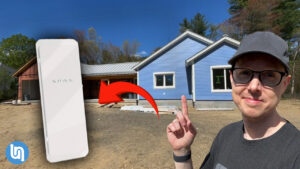
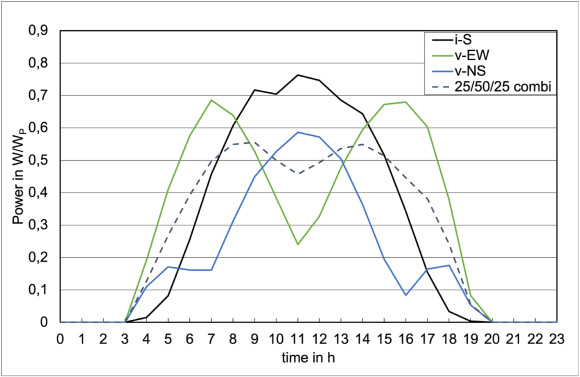
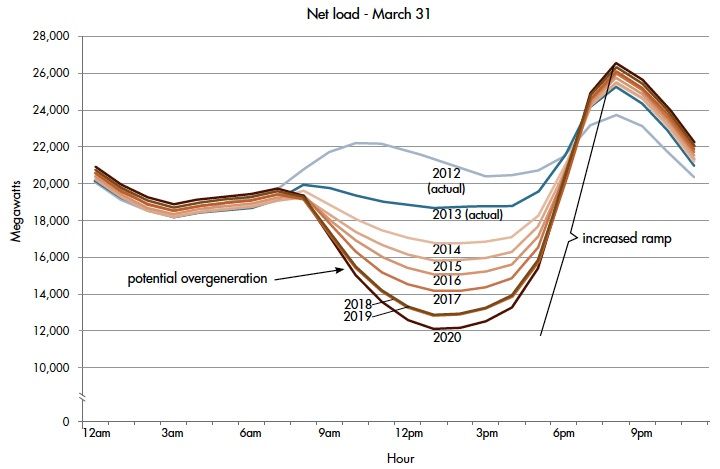
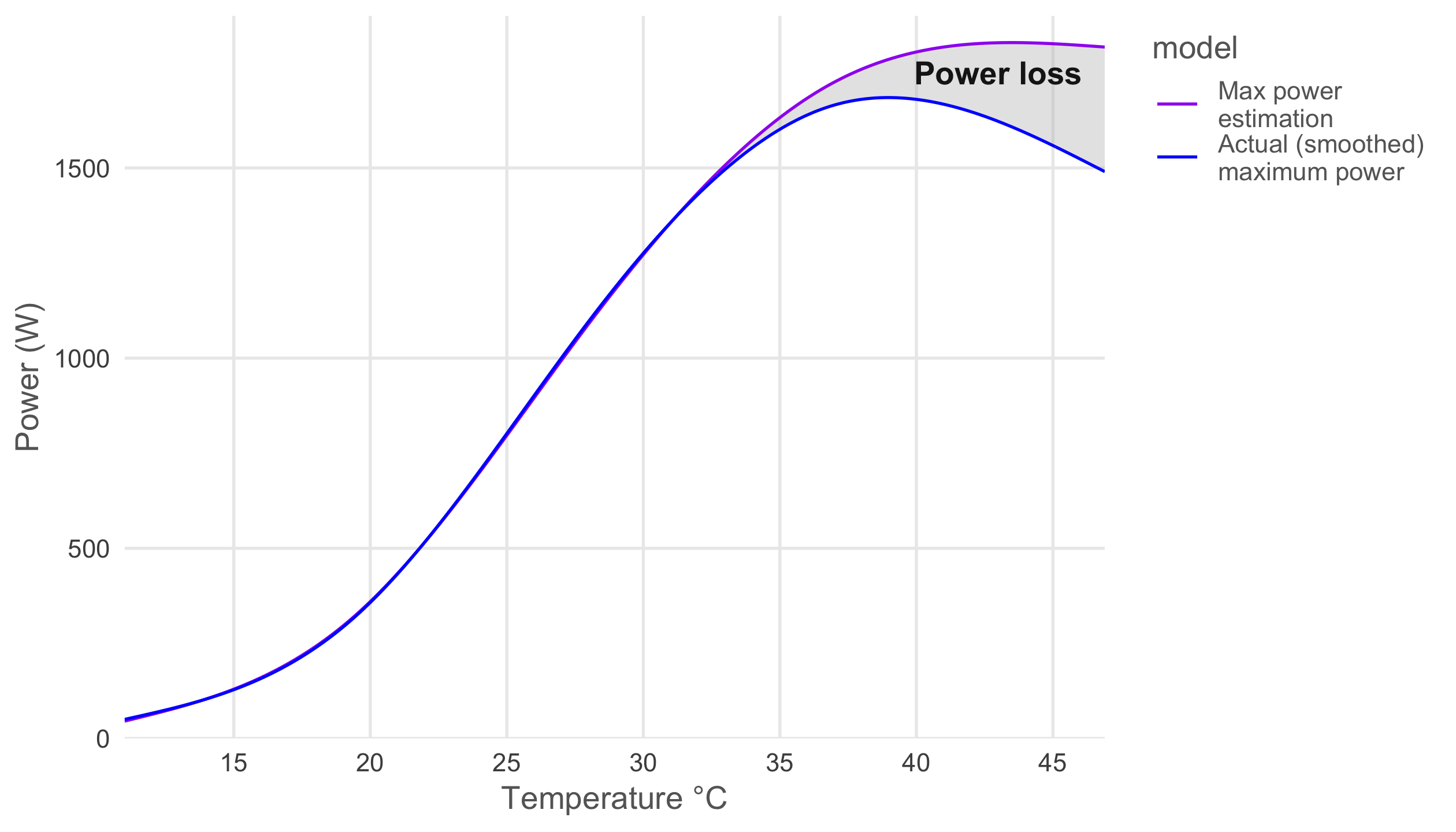
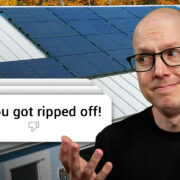
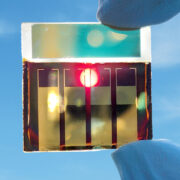
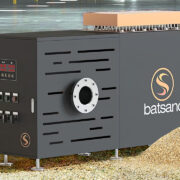
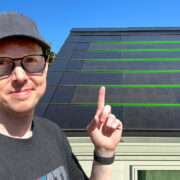
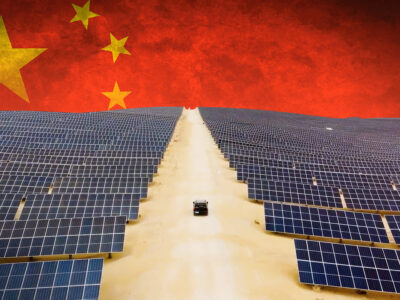
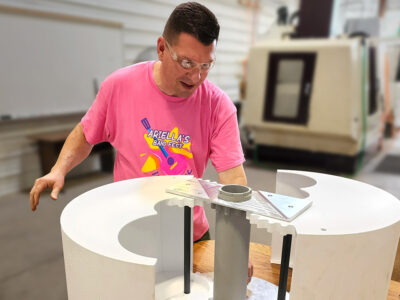
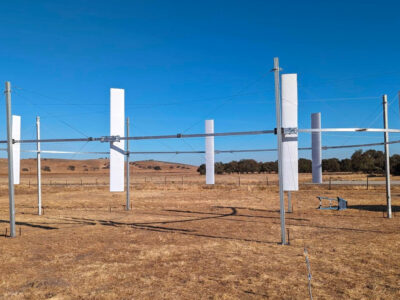



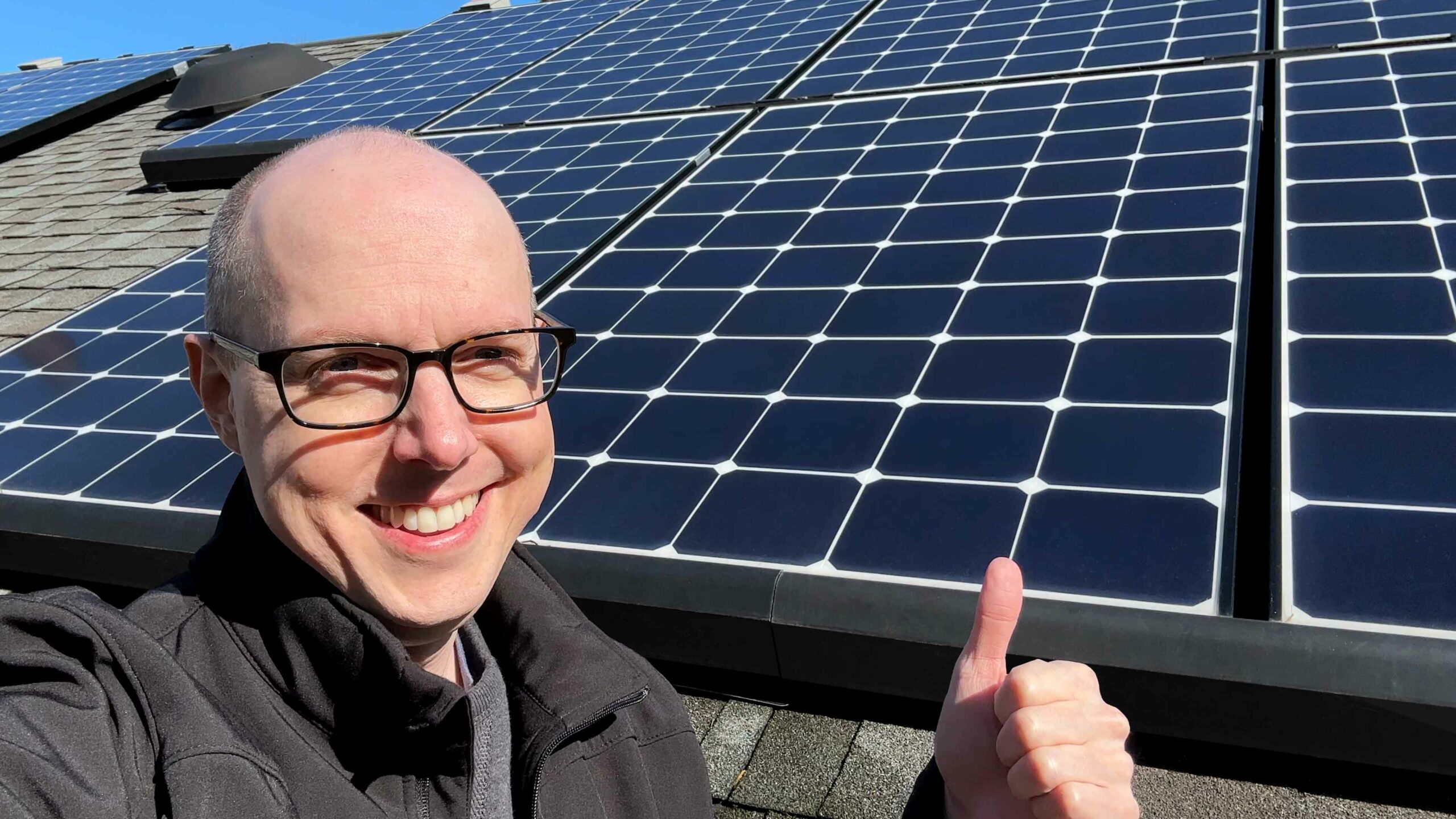

Comments